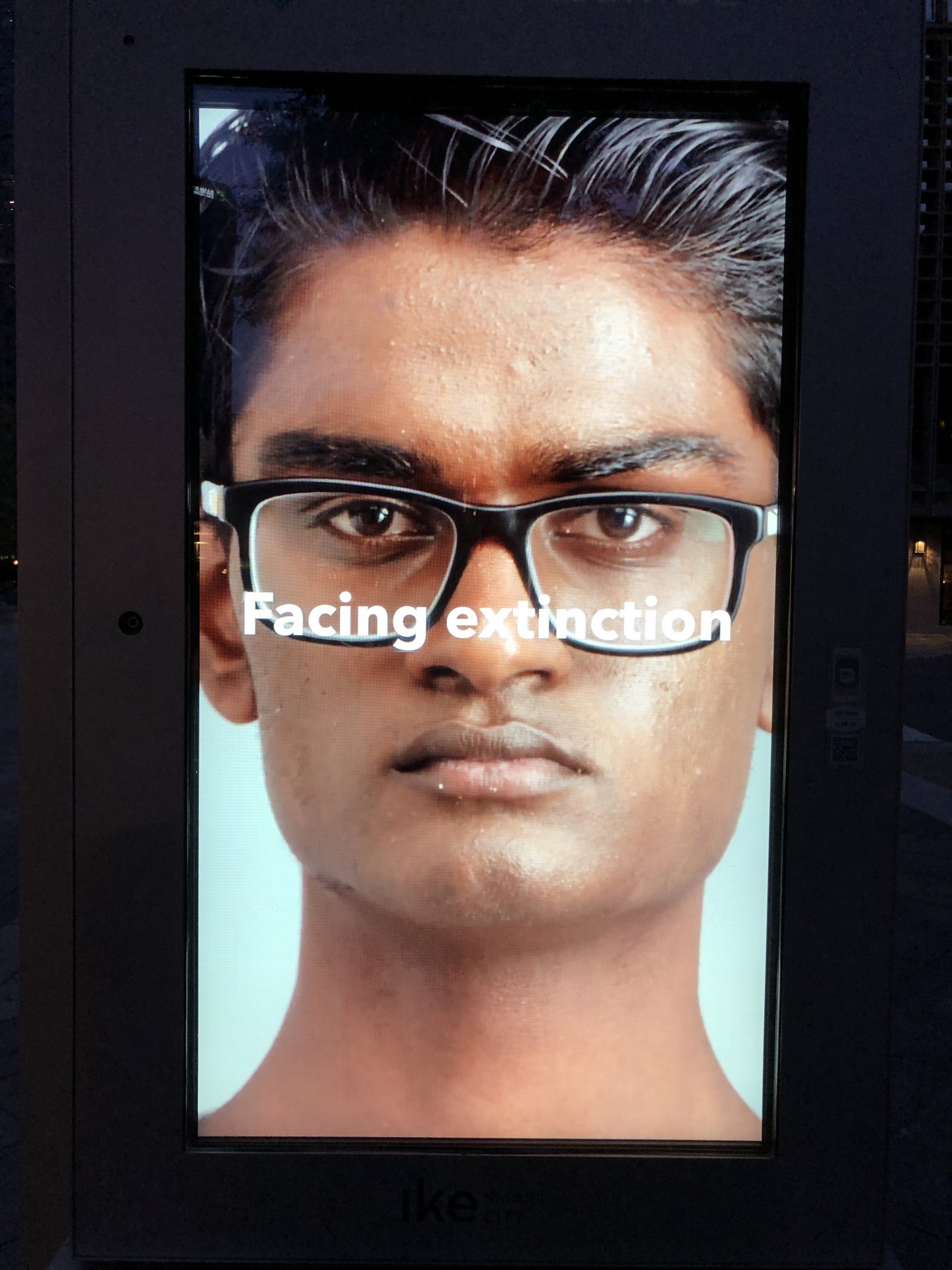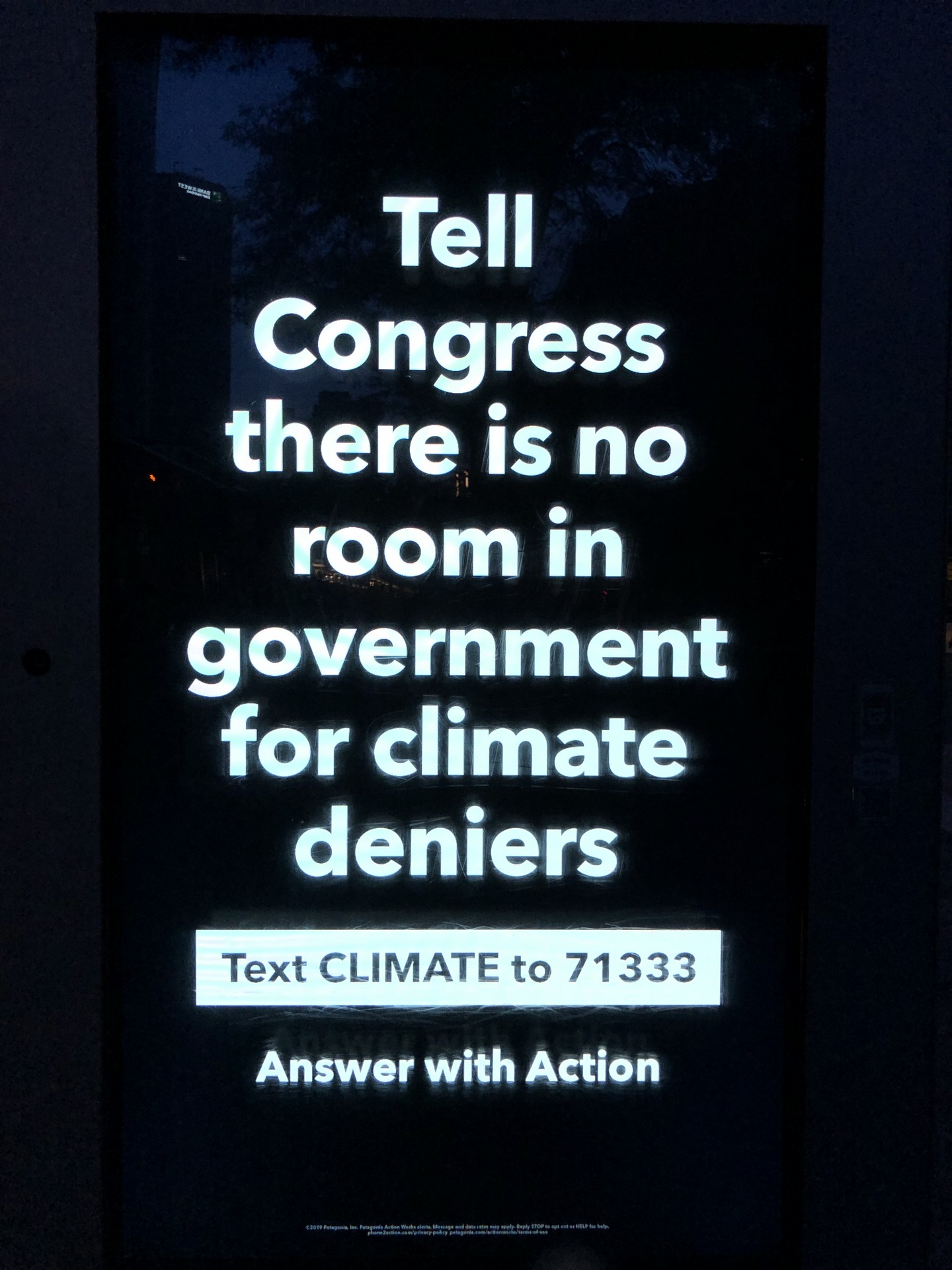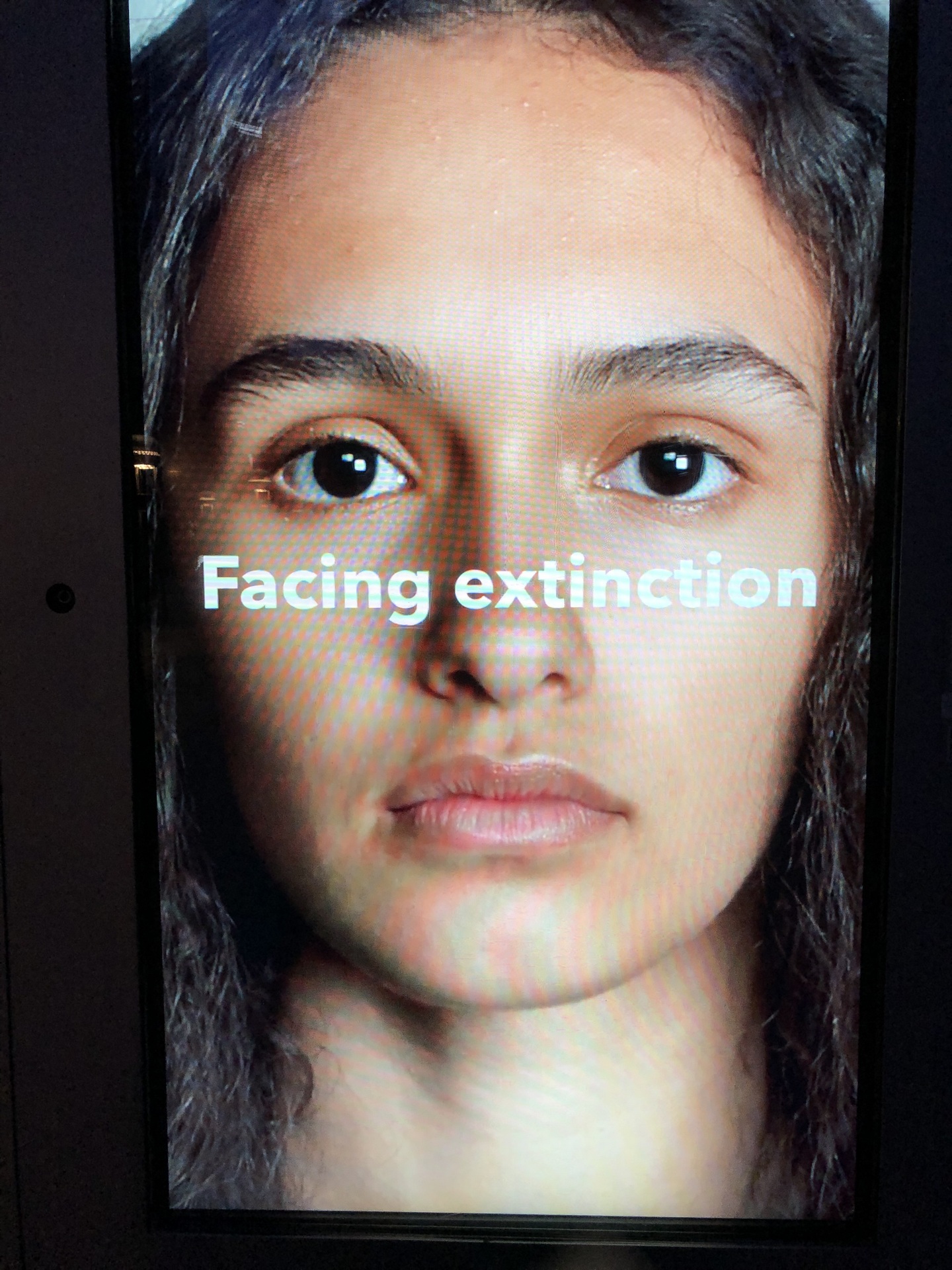Proponents of bigger government celebrate a tax-avoider (Yvon Chouinard, not Bill Gates this time)
The newspaper that says government should be bigger and that rich people should pay their fair share to fund that bigger government celebrates a billionaire who will pay essentially nothing at all in tax… “Billionaire No More: Patagonia Founder Gives Away the Company” (nytimes):
Rather than selling the company or taking it public, Mr. Chouinard, his wife and two adult children have transferred their ownership of Patagonia, valued at about $3 billion, to a specially designed trust and a nonprofit organization. They were created to preserve the company’s independence and ensure that all of its profits — some $100 million a year — are used to combat climate change and protect undeveloped land around the globe. … The trust, which will be overseen by members of the family and their closest advisers,
(“overseen by members of the family” mean that the trust can pay for almost everything that the family members might want, e.g., Gulfstream charter to Switzerland to hang out at Davos, rent a luxury apartment for a month in Paris to meet with others who are interested in climate change, etc.)
If he and his family members had sold $3 billion in shares while living in California, for example, they would have paid Federal income tax of 20%, Obamacare tax of 3.8%, and California state income tax of 13.3%. The 37.1% total rate would have yielded $1.11 billion in funding for all of the great things that Joe Biden is doing (e.g., paid for 1/500th of the student loan forgiveness scheme).
Instead, the government will get almost nothing and the money will be spent in ways over which citizens of the U.S. have no influence.
Even journalists who claim that they are experts on money seem to have some blind spots. “Patagonia Billionaire Who Gave Up Company Skirts $700 Million Tax Hit” (Bloomberg) does not consider the Obamacare and state income tax liabilities:
Still, the moves mean Chouinard won’t have to pay the federal capital gains taxes he would have owed had he sold the company, an option he said was under consideration. On a $3 billion sale, that bill could be more than $700 million. It also helps Chouinard avoid the US estate and gift tax, which is a 40% levy on large fortunes when they’re transferred to heirs.
From my 2019 Denver post, Patagonia uses backlit sidewalk billboards to inform downtown pedestrians that young good-looking American humans are facing extinction (which is why we need to bring in migrants?):





A Democrat-voting aircraft-owning friend, with the carbon footprint of an Argentinosaurus, responded to the Patagonia tax-avoidance scheme with “Loved reading that. Hurray for Chouinard”. Unless he assumes that government spending is going to be reduced, he loves that he will be paying the tax that Chouinard isn’t paying? He loves that none of the Chouinard fortune will ever be used to build a road that he can drive on to get to his airplane, a runway that he can use to take off in his airplane, or an air traffic control center that he can talk to? (admittedly much of the aviation infrastructure in the U.S. is funded separately via user fee taxes on aviation fuel and airline tickets)
Full post, including comments






















